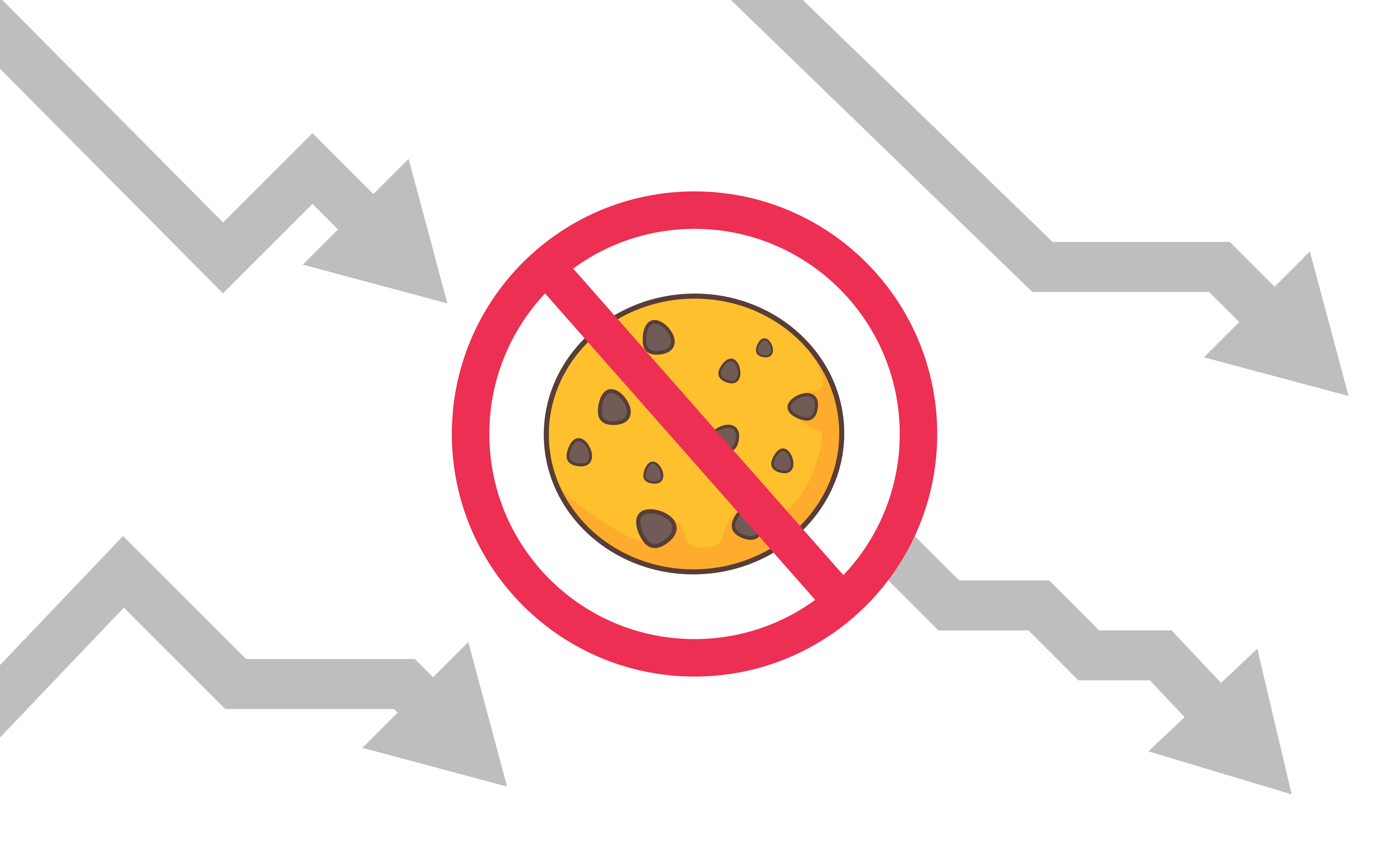How did Adwords change bidding at the end of 2023? (performance analysis)
What is AdWords? Google AdWords, now known as Google Ads, is an online advertising platform by Google. It allows businesses…

Along with the increasing awareness of the importance of user privacy, regulations and restrictions on the use of 3rd party cookies for targeting ads are becoming harder to navigate. When Google published the results of their experiment, according to which disabling cookies can cost digital publishers 56-64% of total earnings, the discussion flared up – is it possible to efficiently advertise in the world without easily accessible 3rd party data?

The programmatic marketing industry is experiencing a turbulent year of intensive standardization, regulation and methodological changes: switching to the first-price auction model in Google AdManager, more uncompromising enforcement of GDPR regulations or said restrictions on the use of cookies in targeting advertising, followed by entirely new initiatives such as Privacy Sandbox are just some of the challenges the programmatic industry is facing.
We observe these changes from the perspective of an AdTech provider supporting publishers in programmatic optimization for more than a decade now. From our point of view, these events, even though it seems that someone is throwing up roadblocks in our way, indicate that programmatic advertising is simply reaching a level of maturity that requires such standards.
In conversations with digital publishers who express anxiety about the change (which is not unreasonable in itself, Digiday in the article Advertising casualties of the pivot to privacy lists, among others, real-time bidding), we try to raise two issues.
First of all, this is not the first time publishers that are making money on programmatic monetization have had to comply with top-down “stifling” business requirements.
Remember the tension that accompanied us in the fall of 2017, when the ads.txt identification came into force! At that time, significant declines of results or breaks in ad emission were predicted. Today, ads.txt is already the norm and not surprising, not frightening. Above all, it’s not taking anyone’s money away (as long as we simply follow it).
The second thing we want to convey to publishers each time is that no matter what internal changes we are undergoing in the online advertising market, the Internet remains the fastest-growing touchpoint with the user.

Ad dollars will not disappear. The budgets spent on advertising will still be directed to digital channels mostly. Programmatic will still get a good deal of this big piece of cake.
And this is the crux of the changes that digital marketing is going through now. Possible losses are never equal to everyone. But the unadjusted will lose for sure. Publishers who want a smooth transition are already in the middle of preparations – or about to begin them.

If you want to monetize your inventory effectively and programmatically even after the death of cookies, what exactly should you do?
First of all, you need to conduct a meticulous and honest audit of your audience. What users are attracted to the content you produce? Are they loyal readers, frequent visitors, or rather one-time guests?
To this, it’s good to add the reflection on the website’s context. Is the website dedicated to a narrow group (expert website, a blog), or does it have a wide spectrum of recipients interested in various fields (a news website)? Are the publications informative, long and comprehensive, or rather short and entertaining entries? It is only on this basis that the publisher can decide which adaptation strategy will result in the highest revenue retention, and in the long run, an increase in performance.
Industry experts recommend taking a special look at solutions such as contextual advertising and paywalls, which should compensate for the possible loss of advertising results.
Contextual advertising is a kind of return to the past. We are talking about linking advertising content with content that attracts the user’s attention at a given moment and on a given website. Not about the situation in which the advertisement is a reference to the user’s general interest profile. For example, a user who is a fan of the Liverpool F.C.team and a dog owner will see red and white scarf ads while watching sports news, and pet accessories ads – while reading an article on dog behavior. Currently, in the model based on 3rd party data, advertisers do not put so much emphasis on ad matching to content.

The Paywall model is most often implemented in the form of micro-payments or subscriptions for access to premium content. Online publishers already have some promising examples of successful development of the subscription model (you can check them here), but demanding from readers – we must demand more from ourselves.
Creating reliable, comprehensive content, supported by appropriate research is the key in this model.
It is also expected that solutions such as unified ID (stored in a first-party cookie, accessible in a third-party context) will appear on the market more and more often. Such solutions are already practiced, often with good results. In this article you will learn about the idea and use of a unified ID.
Increasing restrictions on the use of 3rd party cookies coincide with another severe change in the programmatic advertising market – the transition of Google AdManager to the 1st price auction.
We’ve been able to observe its effects for several days now. This transition alone has resulted in the need to change the existing floor optimization model to build long-term pricing strategies. It’s a convenient moment for digital publishers to comprehensively evaluate and redefine their approach to managing the inventories. Properly written long-term pricing strategy (the one that includes understanding what the advertisers are paying for and how much they are paying at this specific moment) can also be supplemented with a strategy of action against restrictions of 3rd party cookies.

Karol Jurga
Chief Revenue Officer
See it in action.